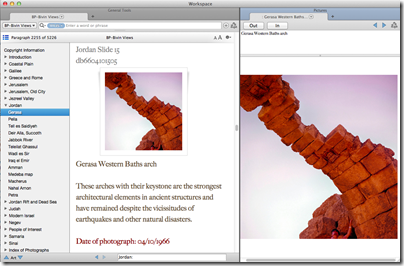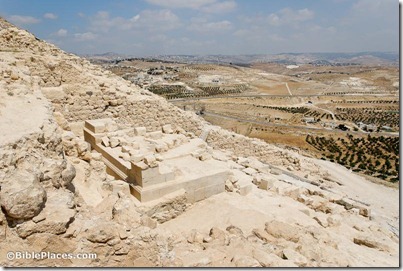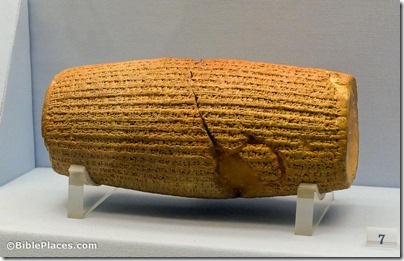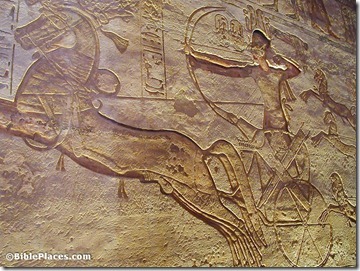The Israel Museum’s largest and most expensive archaeological project will open on February 12 and run for nine months. From Phys.org:
Israel’s national museum said Tuesday it will open what it calls the world’s first exhibition devoted to the architectural legacy of biblical King Herod, the Jewish proxy monarch who ruled Jerusalem and the Holy Land under Roman occupation two millennia ago. The display includes the reconstructed tomb and sarcophagus of one of antiquity’s most notable and despised figures, curators say. […] Herod’s final grandiose project was to prepare for death. Curators believe Herod constructed an extravagant, 25-meter-high (80-foot-high) tomb. Israeli archaeologist Ehud Netzer spent 35 years of his career searching for it. In 2007, Netzer drew international attention when he announced he had found what he believed was the tomb at the Herodion, the ruler’s winter palace, located on a cone-like hill that still today juts out prominently in the barren landscape of the Judean Desert, near the West Bank city of Bethlehem. In 2008, the archaeologist approached the Israel Museum about creating an exhibit that would display artifacts from one of the greatest finds of his career. While surveying the Herodion site with museum staff, Netzer fell to his death. Museum staff pushed forward with planning the exhibit. In 2011, the museum used a crane to remove dozens of half-ton columns and the roof of what Netzer identified as the top floor of Herod’s tomb, which he thought held his sarcophagus. Each stone was affixed with an electronic chip so it could be more easily be put back together at the Israel Museum. Three sarcophagi were found at the site, and curators believe one was Herod’s. Though it bears no inscription, it is made of a special reddish stone, found smashed into hundreds of pieces. The Jewish zealots who took over the Herodion after Herod’s death likely smashed the sarcophagus to pieces, destroying the symbol of a man who worked with the empire they were rebelling against, curators said.




